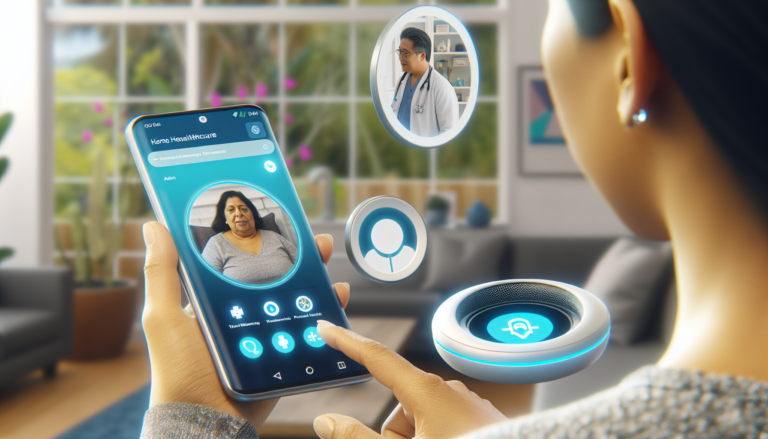Understanding Telehealth: A Comprehensive Guide For Home Health Patients
Advancements in technology have allowed for significant strides in healthcare. One such development that has proved immensely beneficial, especially in the context of home health care, is telehealth. Whether managing a chronic illness, receiving routine check-ups, or needing immediate medical assistance, telehealth can serve as your lifeline. In this article, we’ll explore the various aspects of telehealth to understand how it works, its benefits, and its role in home health care.
What is Telehealth?
Telehealth refers to the use of electronic information and communications technologies to provide and support healthcare when distance separates the participants. It involves various applications and services such as video-conferencing, email, smartphones, wireless tools, and other forms of telecommunications technology.
Types of Telehealth
Here are some of the different types of telehealth services that are commonly used:
- Live Video-Conferencing: Real-time two-way interaction with a healthcare professional, typically via a secure online platform.
- Store-and-Forward: The transmission of recorded health history to a healthcare provider for evaluation. This often includes imaging, videos, or digital photos.
- Remote Patient Monitoring: This allows healthcare providers to monitor patients’ health data from a distance. It’s often used for managing chronic diseases like diabetes and heart disease.
- Mobile Health: This refers to healthcare and public health practice and education supported by mobile communication devices.
Benefits of Telehealth
Telehealth offers numerous benefits including:
- Accessibility: It provides medical services to people who live in isolated communities and remote regions.
- Convenience: Patients can schedule appointments at their convenience without the need for commuting or waiting in line.
- Improved Quality of Care: Studies have shown that the quality of healthcare services delivered via telehealth can be as good as those given in traditional in-person consultations.
- Reduced Hospitalizations: Regular monitoring can prevent emergencies and the need for hospital admission.
Role of Telehealth in Home Health Care
Telehealth forms a prime component of home health care. Through various telehealth services, patients can manage chronic diseases, receive physiotherapy, consult with specialists, get mental health counselling, and even urgent care services right from the comfort of their homes.
So, for those who require frequent medical assistance, telehealth means fewer trips to the doctor, less time taken off work, fewer travel expenses, and less stress. However, as much as telehealth services offer numerous advantages, nothing can entirely replace in-person medical consultations. It’s advisable to use these digital services as an effective supplement to regular health care, especially when immediate medical attention is needed, or it’s a case of a severe health emergency.
Telehealth has a broad spectrum of applications in healthcare, and with the ongoing advancement in technology, its value will continue to grow.



